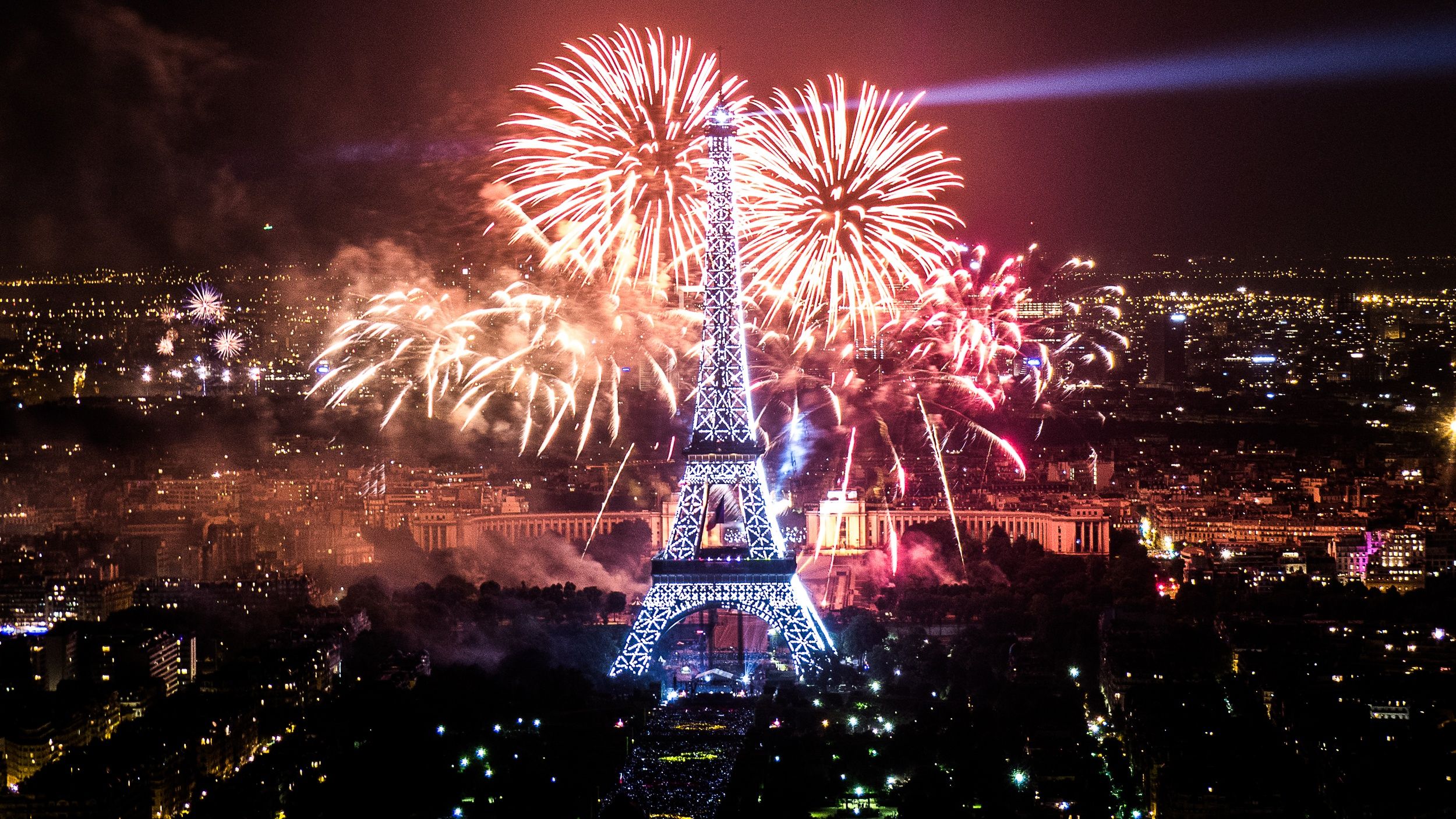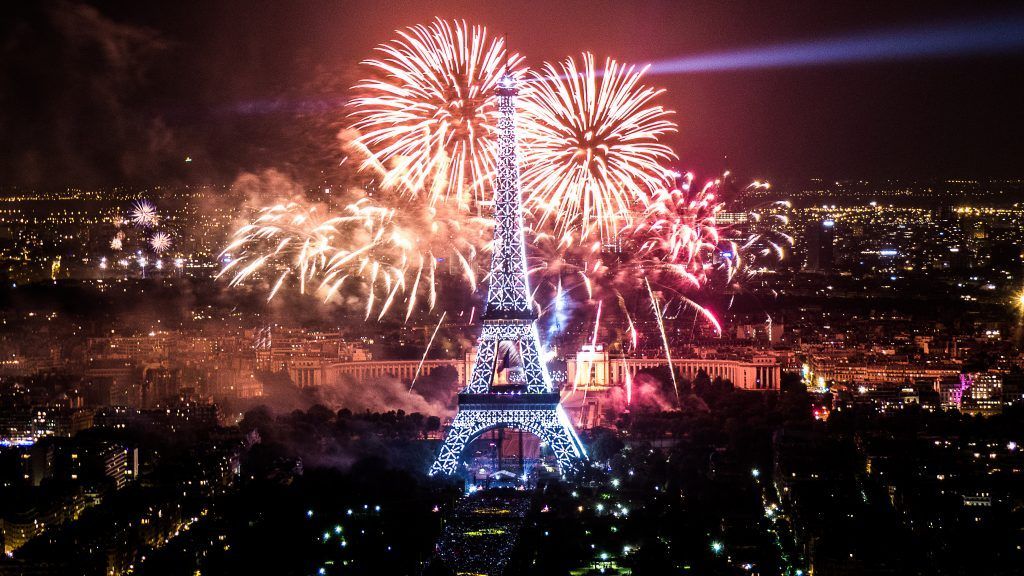Firework displays are quite the spectacle. Have you ever met anyone not captivated by them? It’s just a simple fact of life that loud sounds and bright lights and kaleidoscopic patterns in the night sky join forces to create compelling entertainment.
Whether it’s New Year’s, Diwali, Canada Day, or just another night at Disney World, fireworks hold a special place in the collective human psyche and in our memories. But capturing those memories in a more tangible manner can prove to be problematic for many people.
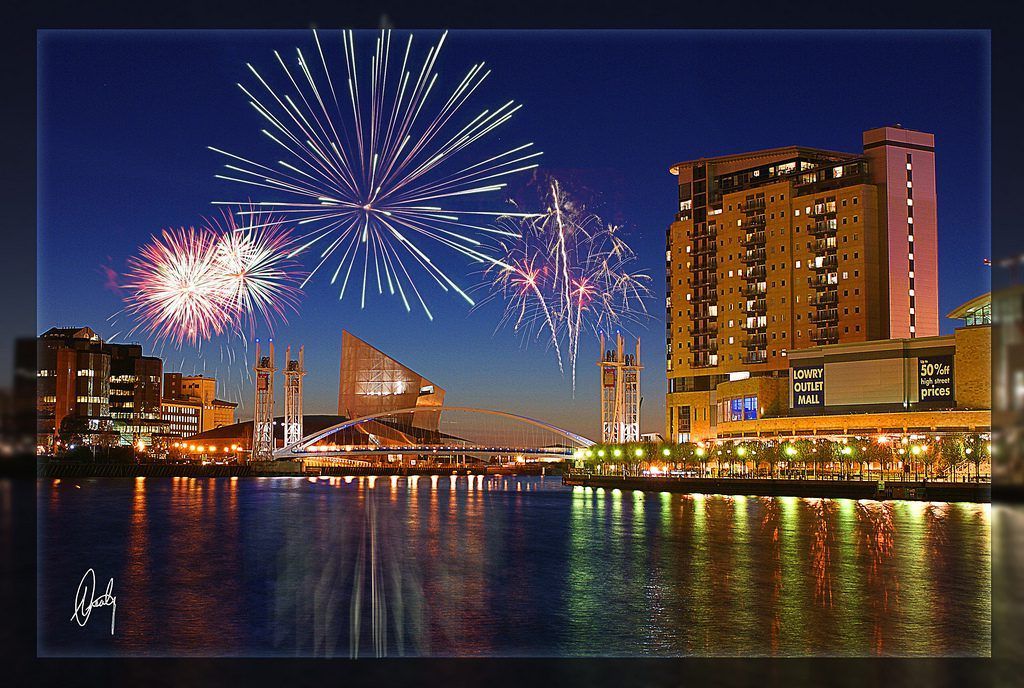
Anyone who has tried it knows that you can’t just point your camera at the sky and end up with a perfect photographic reproduction of the light show above you. Successfully photographing fireworks involves, more than anything else, a significant shift in how you think about light and exposure. The approach is akin to that outlined in the guide on high speed photography, in that you need to treat light as a subject instead of treating it as a source of illumination.
Here’s how to do it.
What You Will Need
A camera, of course! Accurate focus under taxing (dark) conditions is paramount, thus point-and-shoots and mobile devices aren’t really suited to the task at hand. Though there might be a handful of exceptions, a DSLR is highly recommended.
- A tripod. Given the long shutter speeds required to capture fireworks, a tripod is a must.
- A zoom lens. It doesn’t have to be a zoom lens, but it will give you far more latitude in terms of experimenting with composition. A fixed focal length lens — wide angle or telephoto — will serve you just as well.
- A shutter release cable/remote. Not an absolute necessity, but a “hands off” approach will further aid in keeping the camera still.
"Accurate focus under taxing (dark) conditions is paramount, thus point-and-shoots and mobile devices aren’t really suited to the task at hand."
1. Scout Out a Prime Location
Or, do the best you can. In all likelihood, you’ll have large numbers of people to contend with; get there early to get dibs on the spot you want. Otherwise, just work with what’s available to you and don’t overthink things. If you can’t set up exactly where you’d like, use your lens/tripod combo to help compensate. People aren’t the only things you might have to take into consideration, however. If it is a windy night, you’ll want to position yourself in such a way to avoid smoke from the fireworks blowing towards you. And while nearby buildings can make for an interesting backdrop, try to avoid too much ambient light, as this will overexpose your shots.
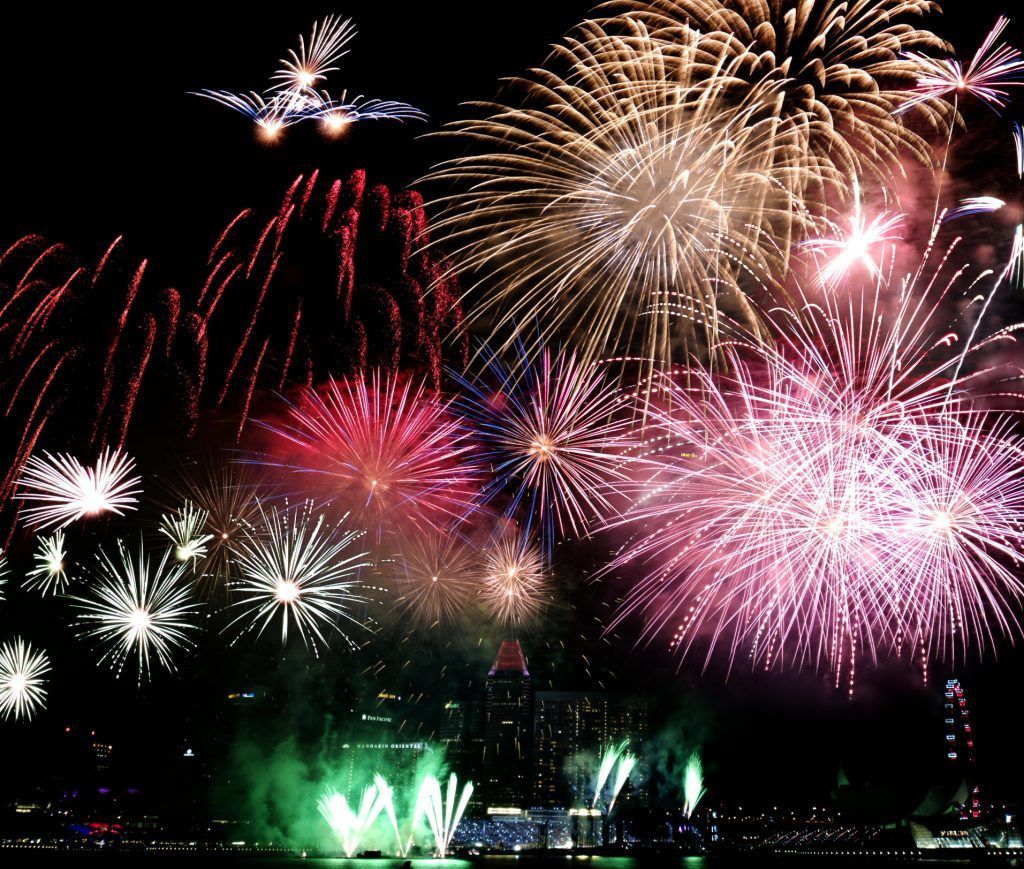
2. Set Up Your Tripod
Again, the tripod isn’t optional. If your aim is for sharp images, a stabilized camera is the only way to achieve that when working with long shutter speeds. No two human hands are a suitable stand in for a tripod in this situation. Now, safety first: make sure that wherever you set up you’re not posing a danger to the people around you. It’s dark and there’s sure to be someone in the crowd who has had one too many (unless you’re at Disney). So be vigilant, and if you have someone there with you, use them as a bodyguard of sorts to help keep skyward-looking passersby at a distance.
To maximize stabilization don’t fully extend your tripod’s legs and center column.
3. Prepare Your Camera
- Remove any filters attached to the lens you’re using.
- If your lens has an image stabilization feature, such as Canon’s IS or Nikon’s VR, turn it off. Most forms of image stabilization are not designed to be used in conjunction with a tripod; doing so can actually cause blurry images.
- Switch your lens to manual focus (focus on infinity) and leave it there; autofocus, even with high end gear, is not going to work reliably.
- Use a small aperture; f/5.6 should suffice — it’s small enough to keep the background dark while being wide enough to allow for low ISO.
- Set the ISO level to 100. If your camera allows ISO 50, you might even start there.
- Set the shooting mode to bulb (B).
4. Frame the Shot
During the first few explosions of light, take a look through the viewfinder to make sure your camera is trained on the right area of the sky. Check that there are no distracting elements in the frame.
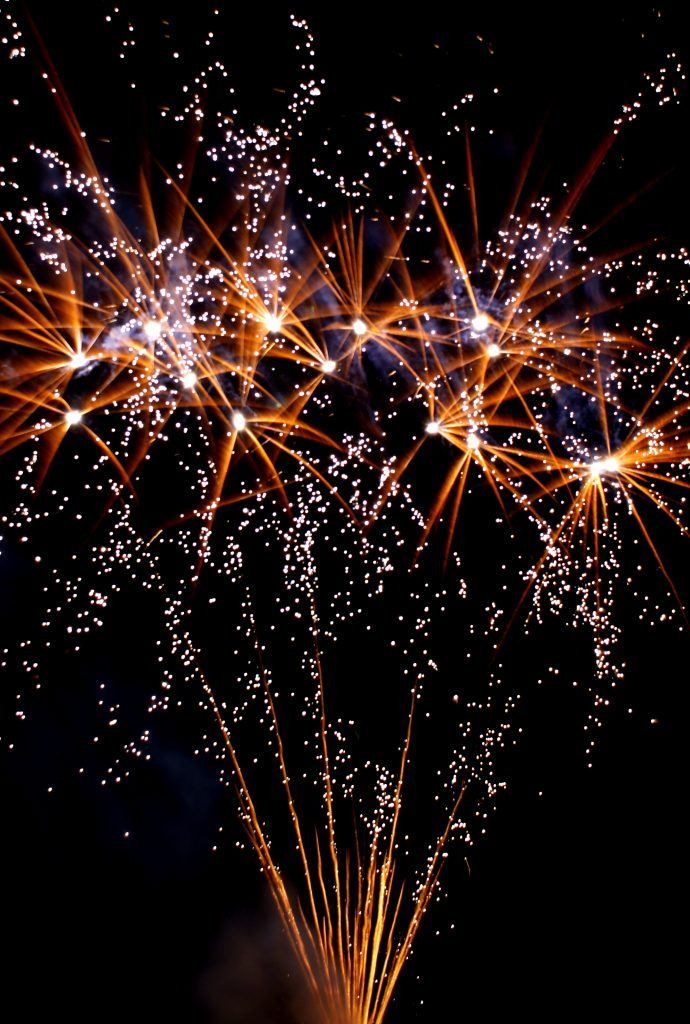
5. Capture the Shot
Whether you judge by sight or by sound, try to open the shutter as soon as a new
rocket is propelled into the night sky; leave the shutter open until all the brilliant sparkles begin to fade away — usually about 4 seconds. Feel free to experiment with different shutter speeds; exposure time is what determines whether you capture single bursts or multiple bursts.
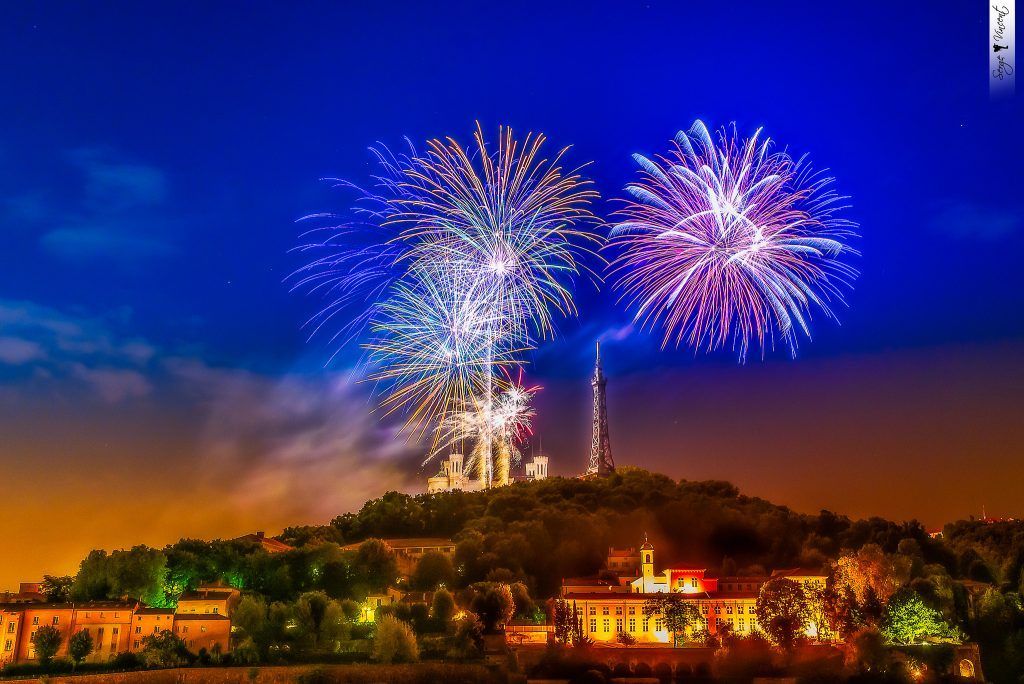
6. Process Your Shots
As always, post processing consists of whatever suits your particular tastes, but a few adjustments that you will likely want to make include boosts to black level, contrast, vibrancy, and sharpness/clarity. The more you get right in-camera, the less you will have to do in post.
A few of the steps involved in photographing fireworks may seem counterintuitive, but it’ll all start to make sense eventually. The same principles can be applied to shooting other types of light bursts, such as those associated with welding. This, in fact, could make for good practice before your next (or first) opportunity to photograph a firework display.
"The same principles can be applied to shooting other types of light bursts, such as those associated with welding."
Photographing fireworks is, at its core, no different than anything else covered in these guides; patience, practice, and experimentation are the real keys to success.
A Few More Examples
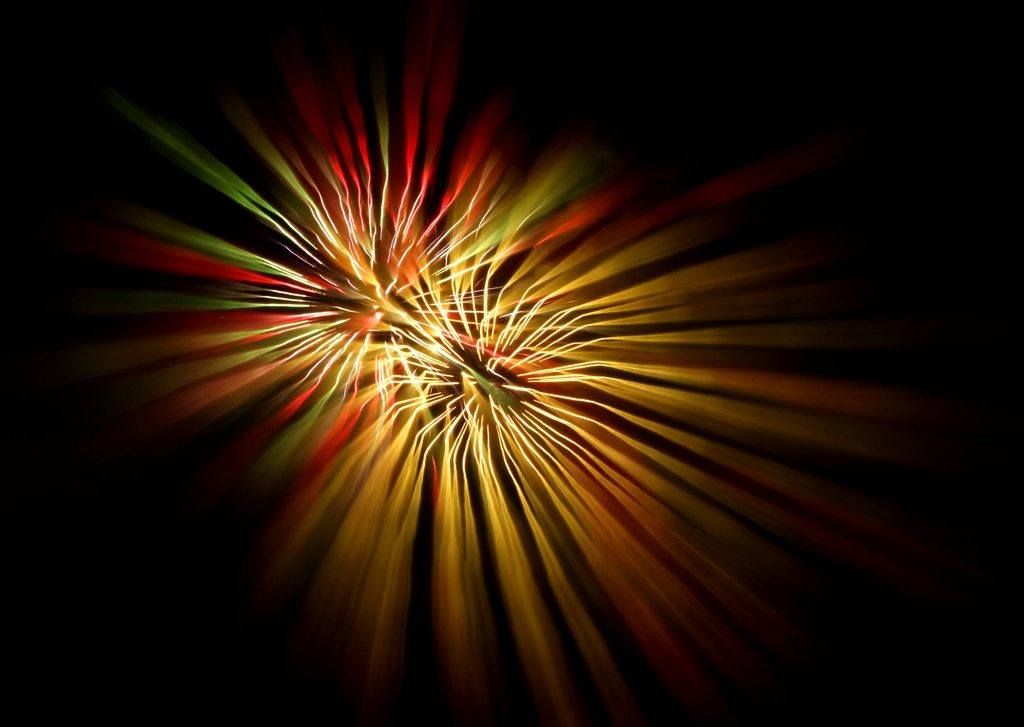
Experiment, experiment, experiment; this effect (above) was created by zooming the lens during exposure.
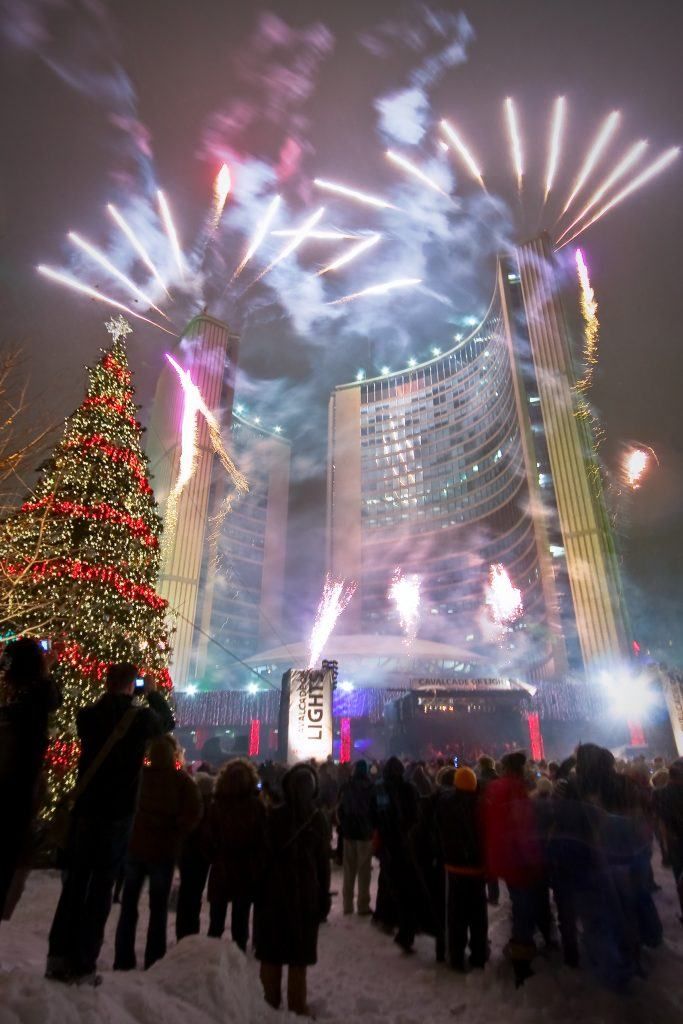
Being outside in the dark might tempt you to boost your ISO. Don’t.
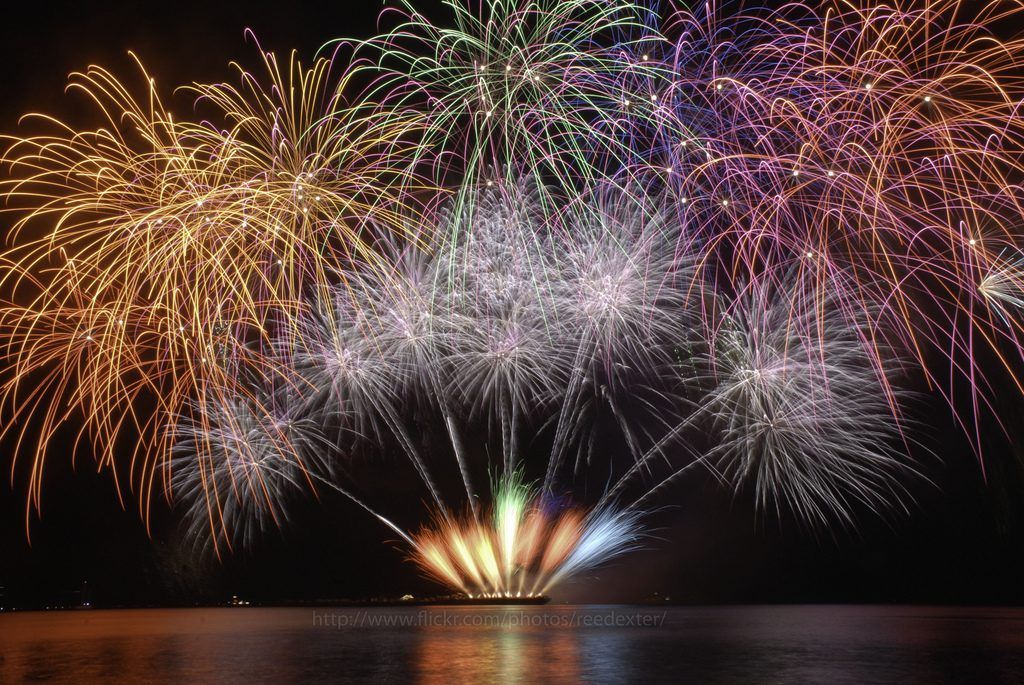
As much as possible, vary your location / vantage point.
Ground Level (image above).
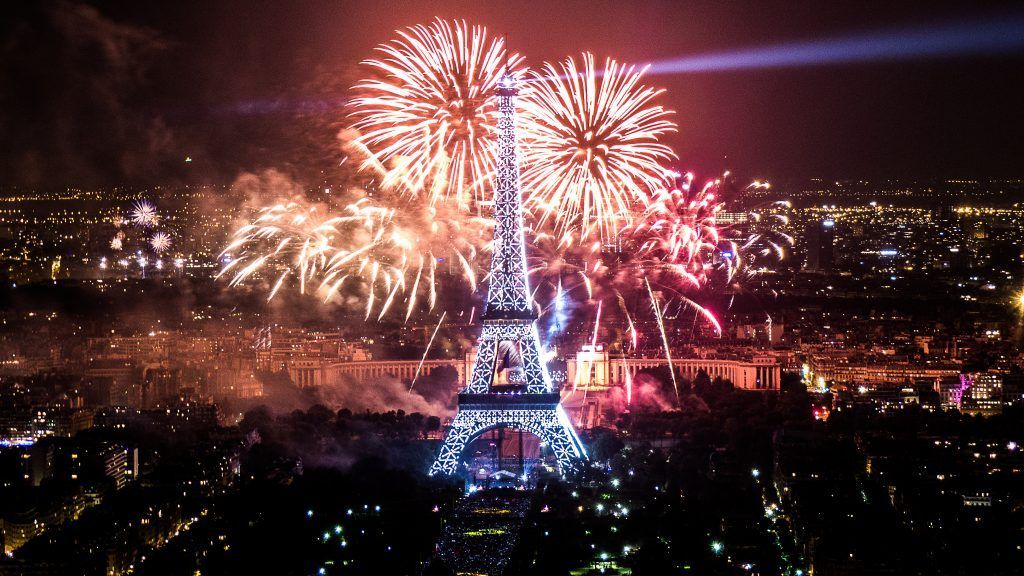
Elevated.
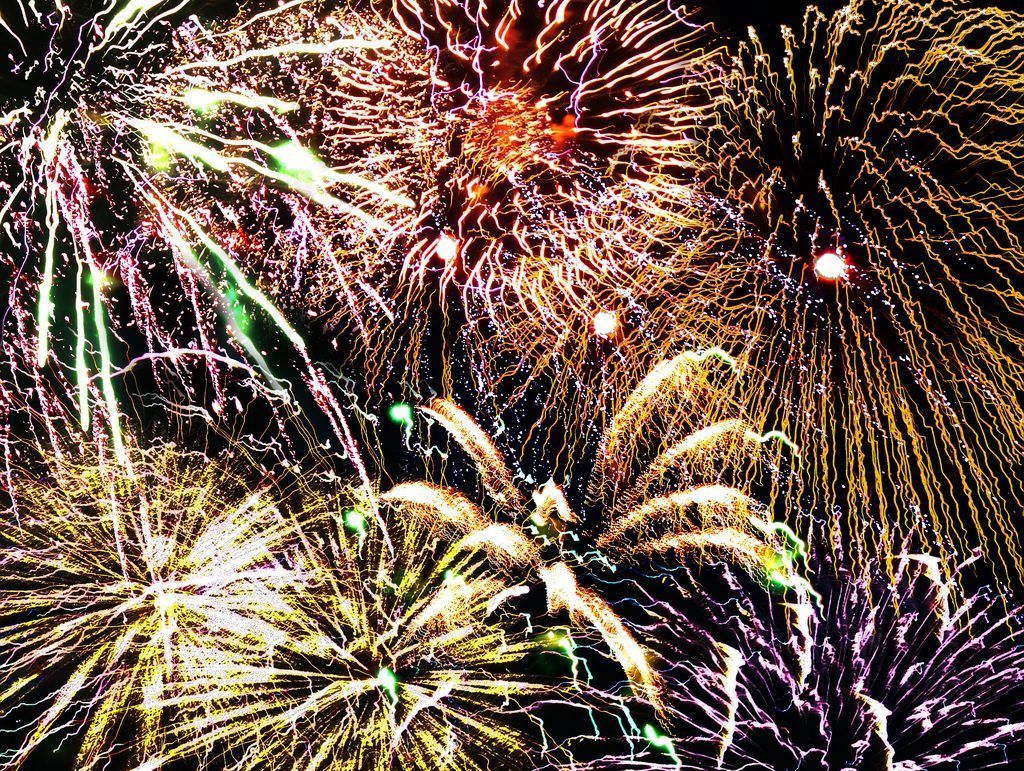
Photo by Ray
Some may find the frame to be crowded, but this image above shows that you can capture multiple explosions in a single exposure.
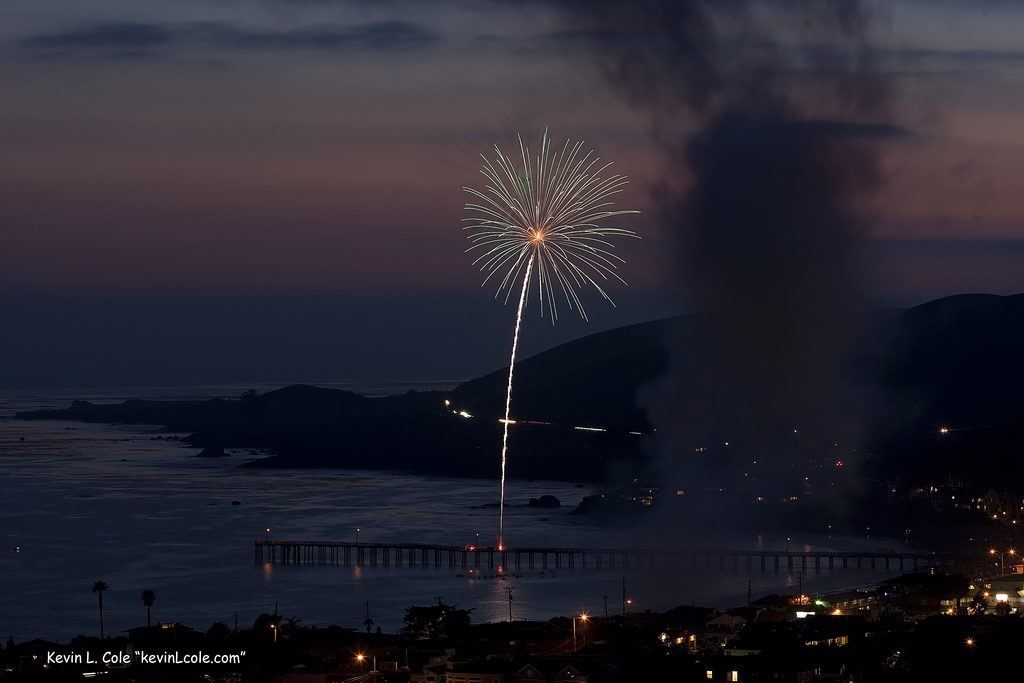
Watch out for smoke!


